After Invicta Closes, What's Next For Cisco Storage?

To Be, Or Not To Be, A Storage Vendor
Cisco last week finally admitted what had been suspected for some time: Its venture into the storage business, Invicta, is closing.
That business, formed from Cisco's late-2013 acquisition of all-flash storage vendor Whiptail for $415 million, never really took hold. Cisco, mindful of its key relationships with most of the top storage vendors, including EMC and NetApp, maintained that the Whiptail technology would not be sold as a standalone storage solution but instead would be used as a storage acceleration technology for its Cisco UCS server line.
However, that technology, which Cisco renamed with the Invicta moniker, was prepped to be offered as standalone storage, but it was never widely available, due in large part to what Cisco characterized as "quality issues in deployments."
So what can Cisco do now to reassert itself as a player in the storage business, and eventually in the hyper-converged market? Or does it really need to do anything now?
Turn the page to look at why storage is important to Cisco and at some of the alternatives that Cisco faces.
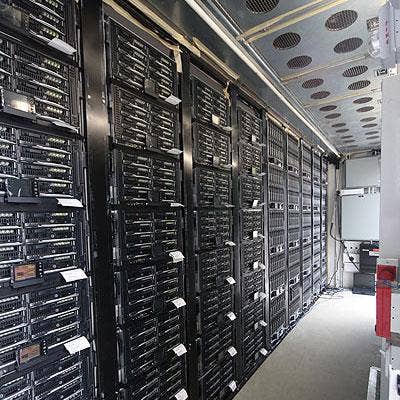
First, A Definition
In this article, the term "storage" refers to the devices on which data is stored, such as external storage arrays or server-based storage.
It does not refer to storage networking, an area where Cisco has a strong business which does not really compete with that of its current storage partners.
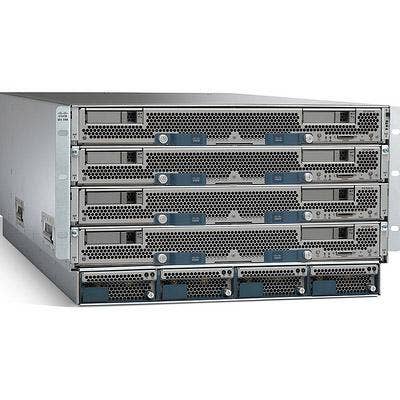
Why Care About Cisco And Storage?
While Cisco has been and will remain a top networking vendor, and has done extremely well in the server business in the few years since it introduced the Cisco UCS line, it is the only major system vendor to not have a storage offering.
Cisco's primary systems competitors including Hewlett-Packard and Dell have strong storage offerings, and can combine storage and system sales to improve their data center footprints. (IBM was also in the list before it sold its x86 server business to China-based Lenovo.) Having a storage offering could round out Cisco's data center business.
However, Cisco also partners with nearly all the top storage vendors, which it can do because it does not have its own storage business. (The major exceptions, no surprise, are HP and Dell.)
So Cisco has to carefully tread the thin line between having and not having a storage business.
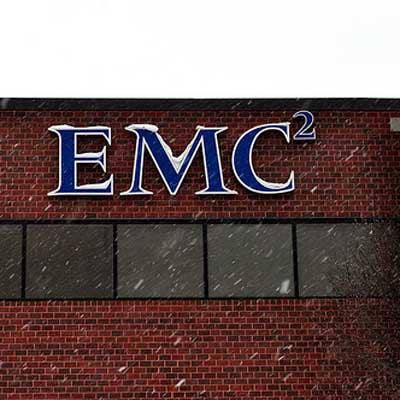
Carefully Treading That Thin Line
Cisco's relationship with EMC is the best example of how complex Cisco's storage plans can be.
When Cisco first unveiled its UCS servers, EMC was the first to sign on with Cisco for a relationship to develop converged infrastructure solutions including the VSPEX reference architecture and the VCE Vblock integrated solutions. (Cisco would later sign with EMC archrival NetApp, while EMC would sign with Cisco archrival Brocade, but that's a different story.)
However, when VMware, which is 80-plus-percent owned by EMC, in 2012 acquired software-defined networking giant Nicira, Cisco and EMC via VMware became rivals. Cisco's 2013 acquisition of all-flash storage array vendor Whiptail, in turn, made Cisco a potential competitor to all its storage partners.
So now that Cisco has closed Invicta, formerly known as Whiptail, what are Cisco's alternatives in the storage business? Let's see...
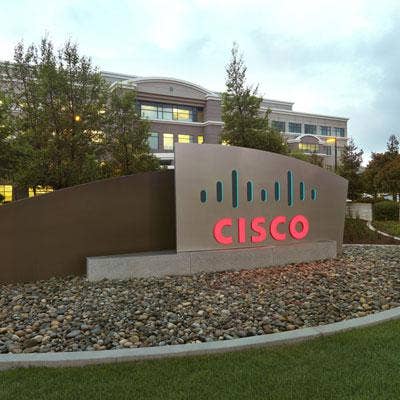
Alternative #1: Maintain The Status Quo
Cisco could take advantage of the ending of its Invicta business to commit to staying out of storage. That would assure its storage partners, many of whom combine their storage with Cisco UCS servers and networking technology into converged infrastructure solutions, that Cisco remains a strong partner, a partner not interested in competing with them.
The potential downside to this strategy is that Cisco would be tying its data center future in part to the success of its storage partners. That is a less rosy future than it used to be. For instance, while the total value of all disk storage, including storage shipped inside and external to servers, in the first quarter of 2015 rose 6.8 percent over the first quarter of 2014, the total value of storage shipped external to servers fell 0.6 percent, according to IDC.
Another issue for this alternative is that Cisco cannot hope to grow its business through new partnerships with storage vendors much because it already partners with almost everyone who could be a partner.

Alternative #2: Buy Another Storage Vendor
Cisco has been rumored for years to be interested in purchasing its storage partner and EMC archrival NetApp. Such an acquisition would create a combined company with real strength in the system, networking, and storage businesses as well as the top converged infrastructure reference architecture, FlexPod.
Alternatives to NetApp as an acquisition target are generally much smaller companies such as Nimble storage, or all-flash storage array startups like Pure Storage or SolidFire.
However, Cisco would not be able to camouflage such an acquisition as an application acceleration move like it did when it purchased Whiptail. Instead, such an acquisition would likely be too big for Cisco partners and storage rivals to ignore, and would likely lead to the ending of some if not nearly all its other storage relationships.
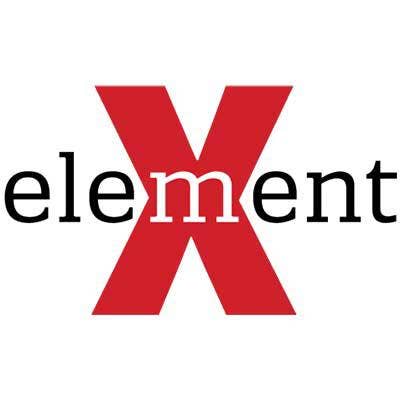
Alternative #3: Make Storage From Servers
Cisco is one of two vendors (along with Dell) whose servers are validated with Element X, a version of the storage operating system of SolidFire which can turn an industry-standard server into an all-flash storage array.
Should Cisco pursue this route, it could produce storage for specific applications, such as hyper-converged infrastructure or application accelerators, by utilizing its UCS servers without incurring the wrath of its storage partners.

Alternative #4: Focus On Hyper-Converged Infrastructure
One place where Cisco could increase its storage footprint at little or no cost to its storage relationships is investing in the hyper-converged infrastructure business, a business in which first quarter 2015 revenue grew year-over-year by more than 8 percent and in which storage capacity shipped grew by 45.7 percent, according to IDC.
Cisco is the last major systems vendor to embrace hyper-converged infrastructure, but it has all the non-storage components, including the networking, server and management software, to do so. Furthermore, a move into this market would not upset its storage vendor partners, as they have made few such moves of their own.
Cisco could do this in one of three ways...

How Cisco Could Do Hyper-Converged Infrastructure
Cisco has at least three alternatives for becoming a major player in the hyper-converged infrastructure business:
* Acquisition -- Cisco could acquire a company like Nutanix or SimpliVity, which have full hyper-converged solutions that could be ported to Cisco's networking and UCS server technology. Those companies would be pretty expensive.
* Partner -- Cisco could partner with companies who have hyper-converged infrastructure technology to develop an offering. It has taken the first steps on this route via a relationship with SimpliVity.
* Develop -- Cisco has a lower-cost version of UCS called UCS Mini, its own software-defined technology, and cloud management software, and with a bit of mixing in of some storage, could develop its own hyper-converged infrastructure. What storage? Its own. While it is closing its Invicta storage business, it still has the Invicta all-flash storage technology it could use.